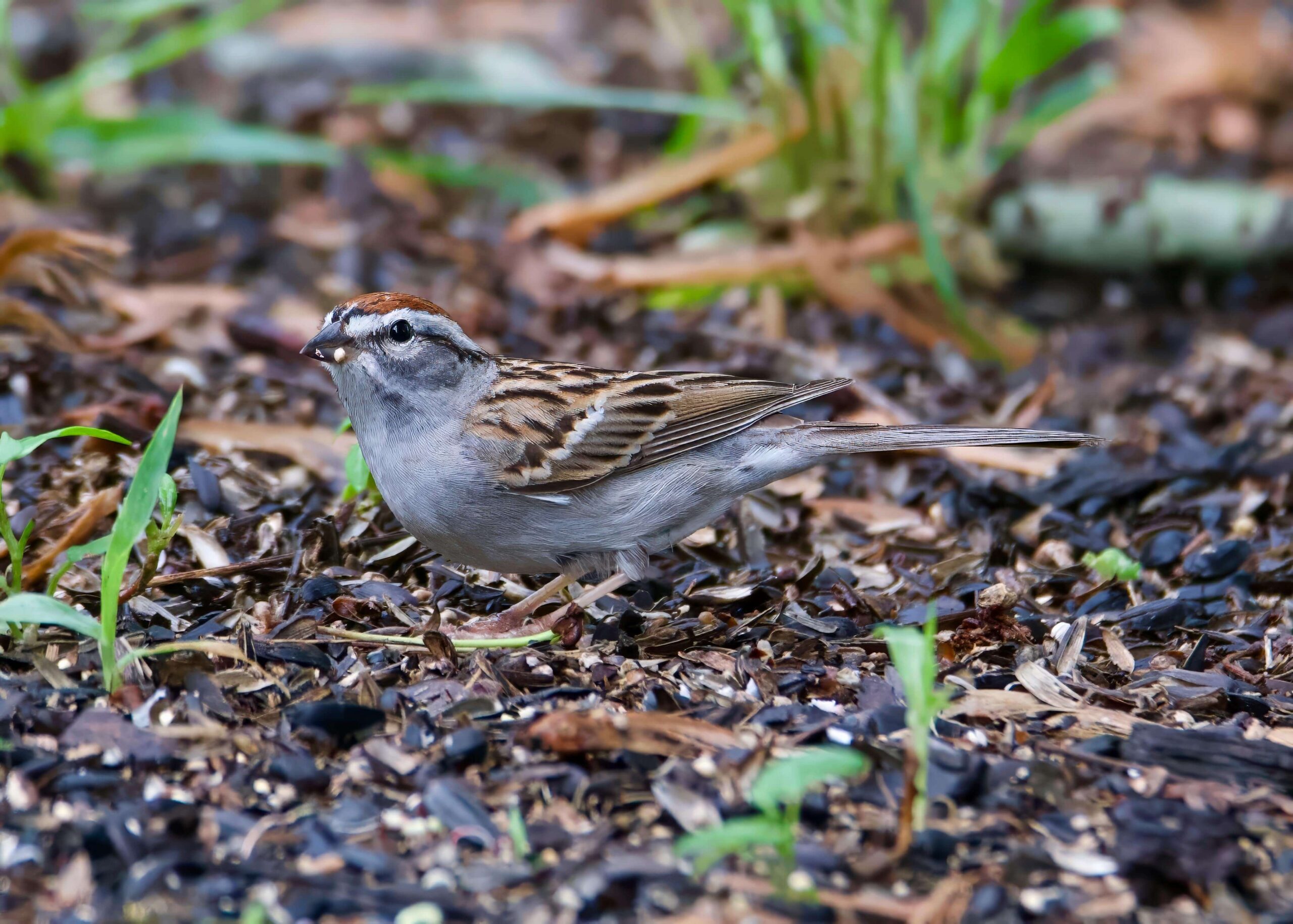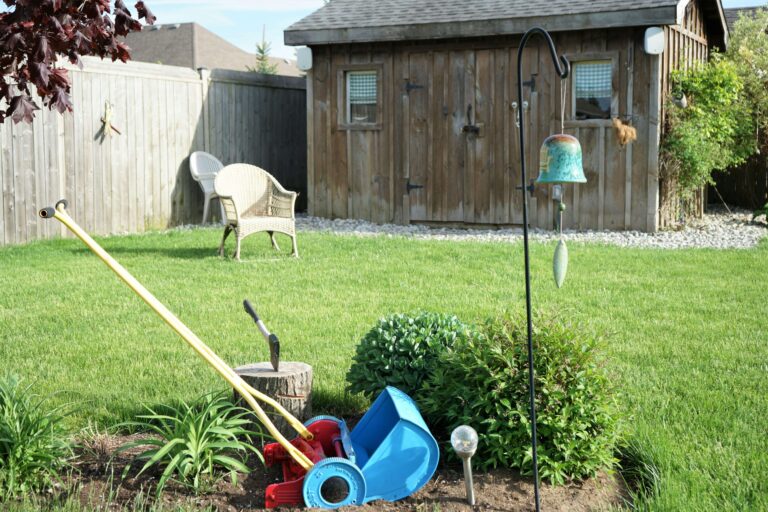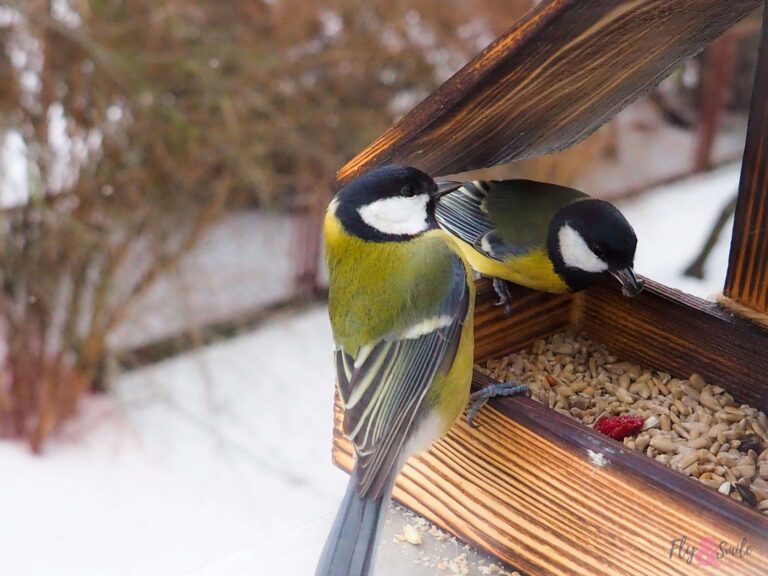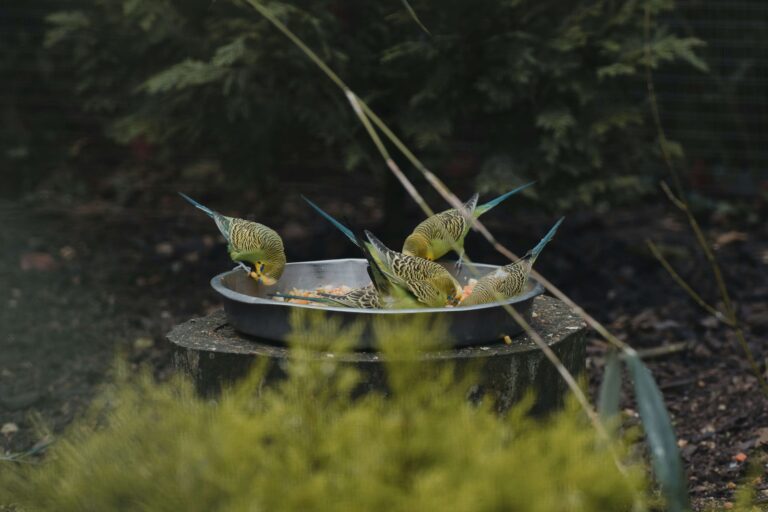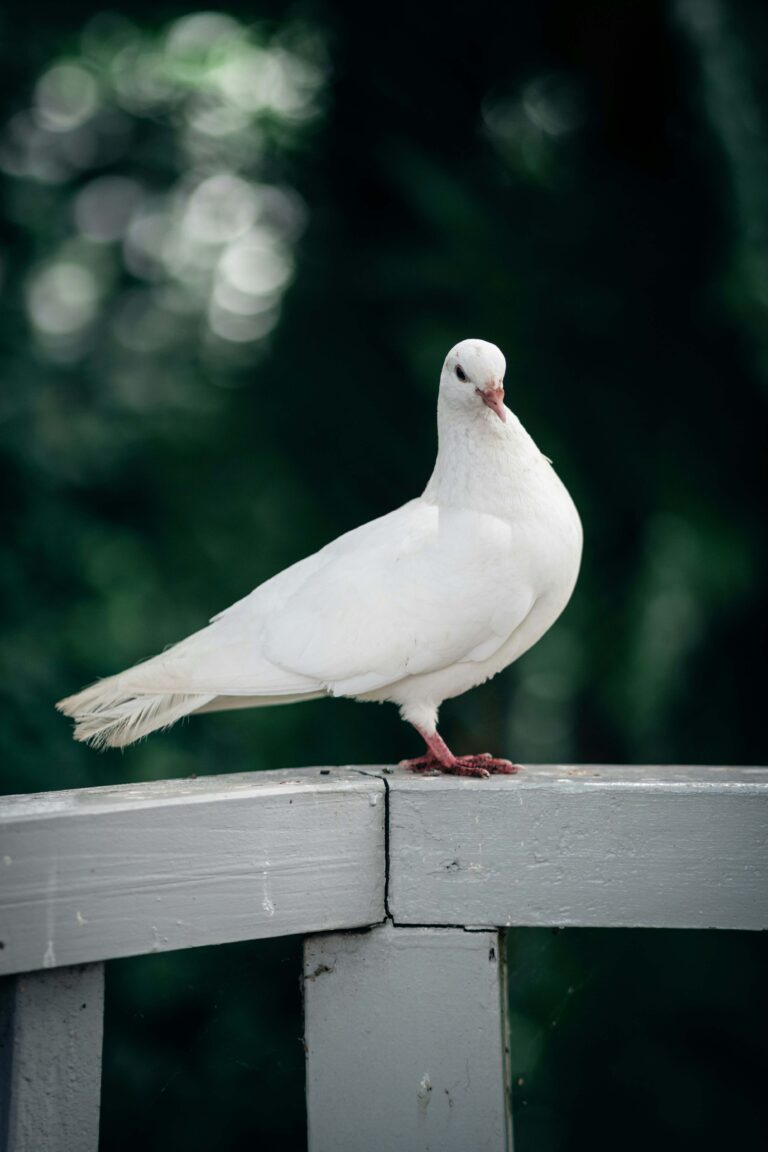Backyard Compost Birds: What You’ll See (and How to Help Them)
Have you ever looked out at your compost heap and realized… it’s kind of a bird buffet? At first, it might seem odd to see a robin perched next to old lettuce leaves or a sparrow diving into coffee grounds. But once you know what to look for, you’ll start to see that compost piles are full of unexpected life—and not just in the soil. Birds that benefit from backyard compost piles are part of a bigger story. They’re not only visiting for scraps. They’re interacting with your garden in a natural, useful way.
And the best part? You don’t need a fancy setup or special feeder to invite them in.
Why Compost Piles Attract Birds (And Keep Them Coming Back)
Let’s face it: compost isn’t glamorous. It’s not pretty. It definitely doesn’t smell like roses.
But to a hungry bird? It’s paradise.
Compost piles are filled with insects, grubs, and kitchen scraps—exactly the kind of things many backyard birds are constantly searching for. In fact, the heat that builds up in decomposing matter even creates a cozy microclimate in colder months.
This combination of warmth, food, and low human traffic makes compost piles ideal for birds looking to forage without competition from feeders or birdbaths.
What Birds Visit the Compost Pile?
While species vary depending on where you live, a few usual suspects show up across much of North America.
Robins are drawn to worms and soft fruit scraps.
Juncos and sparrows pick through leaves and stems for seeds.
Crows and starlings aren’t shy—they’ll dig for anything remotely edible.
Blackbirds, chickadees, and even wrens may take advantage of bugs or rotting produce.
Occasionally, you might even spot a hawk watching from a distance. After all, where the little birds gather, predators often follow.
Additionally, the more consistent your composting routine, the more likely these birds are to return. Like clockwork.
What’s Safe for Birds to Eat from Compost?
Birds are clever foragers, but they still need your help to stay safe.
They’ll happily nibble:
- Soft fruit peels
- Apple cores
- Berries (even slightly bruised)
- Cooked rice or oats (unsalted, plain)
- Insects, slugs, and larvae in the pile
However, there are a few things that should never go in your compost if you want to protect wildlife.
Avoid:
- Moldy bread or pastries (yes, even the organic ones)
- Anything salty or oily
- Meat, bones, or dairy
- Processed food scraps with sauces or preservatives
- Compostable plastics (even “eco” ones—they confuse birds and don’t break down fast)
In contrast to the bird feeder, your compost pile requires a little more restraint. The goal is to mimic what birds might find in nature—not to offer last night’s leftovers.
How to Set Up a Bird-Friendly Compost Pile
You don’t need a new project. You just need to rethink how you manage what you already have.
First, use an open-style compost bin or a simple pile in a quiet corner of the yard. This allows birds access to forage on their own terms.
Next, consider placing it near shrubs or trees. Birds will appreciate having a quick place to perch between visits. Brush piles or old logs nearby offer even more shelter.
Meanwhile, avoid turning your pile early in the morning. That’s peak bird time. Turn it in the afternoon instead, once the yard is quieter and the birds have already done their rounds.
Finally, allow a few leaves and twigs to stay around the pile. These encourage insects and offer birds material for foraging and nesting.
Why Compost Helps Birds in Every Season
It’s not just a summer setup. Compost can support birds all year long—if you let it.
In spring, nesting birds collect soft stems and plant material for their nests. As the weather warms, insects return in full force, offering protein for adults and chicks alike.
Summer brings peak foraging activity, especially for species feeding growing families. If you toss melon rinds or old berries, don’t be surprised if they’re gone within hours.
Fall is quieter, but sparrows, finches, and migrating songbirds still stop by to scratch for seeds or bugs tucked under decaying leaves.
In winter, the compost pile offers something rare: heat. Steam rising from the center can melt snow or attract birds needing shelter. As a result, your pile becomes more than functional—it becomes life-giving.
Watching Birds at the Compost Pile: Why It Matters
You might start by tossing banana peels. Then one day, you look up and realize you’ve been watching a pair of cardinals for twenty minutes.
In fact, many backyard birders say they’ve spotted more behavior, variety, and natural interaction near their compost than any feeder.
And all without refilling a single seed tray.
Tips for Composting Safely With Wildlife in Mind
To keep the balance between “wildlife-friendly” and “wild-animal mess,” try the following:
- Cover your food scraps with leaves, straw, or garden trimmings. This keeps pests away and makes the pile more visually subtle.
- Avoid enclosing the pile in mesh that could tangle small feet or wings.
- Don’t add harsh materials like citrus peels in large amounts—birds and bugs often avoid them.
- Never use chemical-laced grass clippings or pesticide-treated produce. What goes into your compost can end up in the beak of a nesting chick.
Your compost pile is part of the ecosystem now. Keep it clean. Keep it safe.
One Last Thought (and a Small Promise)
The first time I realized birds were using my compost pile, it caught me off guard. I had gone out to dump coffee grounds and paused when a junco peeked out from under a crumpled cabbage leaf.
It wasn’t just a trash heap anymore—it was a small, living corner of my garden.
That’s the quiet joy of composting. It feeds your soil, yes. But it also nourishes your connection to nature—one apple core at a time. The more you compost, the more your yard becomes a natural invitation for backyard compost birds to return again and again.
So next time you toss something in the pile, take a moment to look. You might find more feathers than you expected.
FAQ: Birds and Backyard Compost
Do I need a fancy compost bin to attract birds?
Not at all. Birds prefer open or low-compost piles where they can safely forage.
Will compost attract other animals too?
It can—especially if you add meat or processed foods. Stick to natural plant-based scraps and cover them well.
Is it okay to turn the pile when birds are around?
Wait until later in the day. Mornings are their feeding time, and they’re easily startled.
What birds are most common near compost?
Robins, sparrows, crows, chickadees, and starlings are all frequent visitors—though it depends on your region.
Can compost piles replace bird feeders?
They can complement them beautifully. In fact, some birds may prefer compost for its insects and warmth.
